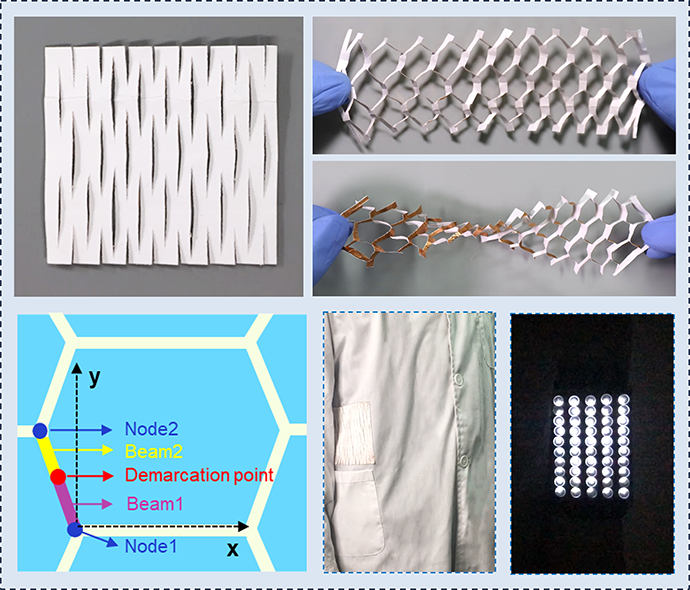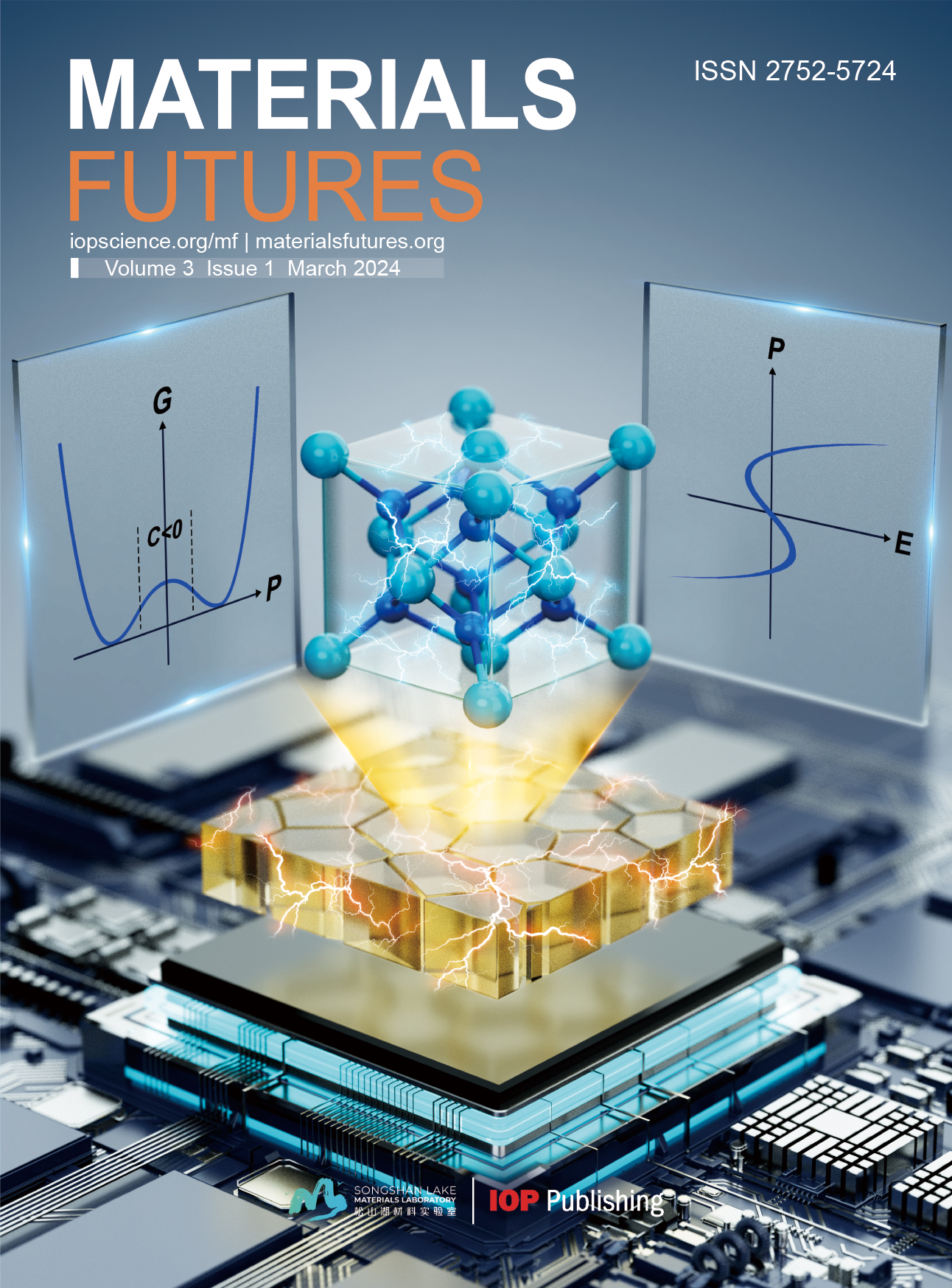Focus on Soft Materials for Flexible Bioelectronics
Guest editors
Yuanjin Zhao Nanjing University, China
Kai Ke Sichuan University, China
Wenguo Cui Shanghai Jiao Tong University, China
Helder A. Santos University of Groningen, The Netherlands
Scope
New concepts and recent advances in technologies of Internet of Things (IoT) and Artificial Intelligence (AI) have the potential to make our future life/daily work more convenient, secure and healthier. For instance, the booming of flexible electronics (e.g., electronic skin, wearable sensors, bioelectronics, brain-computer interface, soft robotics etc.) has significantly pushed forward remote medical and health care, diagnosis and treatment of diseases as well as tissue regeneration by external stimulation. Besides, flexible electronics including bioelectronics and biochips are likely to be integrated with nature-inspired soft robotics aiming at manipulating objects more gently/freely and in a smarter fashion, thereby advancing the biomedical field (for facile and efficient disease diagnosis, precise delivery and controllable release of drugs etc.). However, there are still many challenges in bioelectronics to overcome in order to establish more advanced sensing and actuation systems for biomedical applications. This not only requires the development of new materials (e.g., high-performance hydrogels, biomaterials for tissue adhesion and electrophysiological signal acquisition etc.) and material processing and manufacturing technologies (photolithography, additive manufacturing, microfluidics etc.), but also the device and system design and integration principles, as well as more detailed considerations for practical biomedical applications.
This Focus issue is intended to cover a wide spectrum of materials, technologies and theoretical models for capturing the surge of interest in processing and application of flexible electronics towards intelligent biomedicine.
Topics of interest include, but are not limited to, the following:
• Bionic (flexible/stretchable) sensors/actuators and soft robotics for biomedical engineering
• Wearable/stretchable electronics for health care applications, disease diagnosis and tissue regeneration
• Intelligent biomaterials for medical imaging
• Bioelectronics or biocompatible devices for intelligent drug delivery and release
• Body fluid sensing (sweat, urine, blood, lactase, glucose etc.) and biomedical electrochemical devices
• Multifunctional E-skins
• Biomechanical sensing and biomaterial-tissue interface monitoring
• Brain-computer interface, electronic neural interface and artificial sensory neuron
• Artificial muscle and bionic organs
• Microfluidics and 3D/4D printing of bioelectronics
• Biocompatible nanogenerators and energy-storage devices
• Origami sensors and robots based on hydrogels/functional biomatter
• Simulation and construction of bioelectronics
• Machine learning-driven bioelectronics for disease diagnosis and targeted drug delivery and release
• Integration of bioelectronics (biosensors/biostimulators)
• Artificial intelligence-based bioelectronics
Submission deadline
April 30, 2024
Submission process
Focus issue articles are subject to the same review process and high standard as regular Materials Futures articles and should be submitted in the same way. Peer review will be organized immediately upon receipt of the submission and will be published online once it is accepted.
For more comprehensive information on preparing your article for submission and the options for submitting your article, please see our author guidelines.
Articles should be submitted via the online submission form, selecting "Soft Materials for Flexible Bioelectronics" in the "Select Special Issue" drop down box that appears.
Article charge
All articles in Materials Futures are published on an open access basis. Article publication charges are waived for authors from 2022 to 2024.









